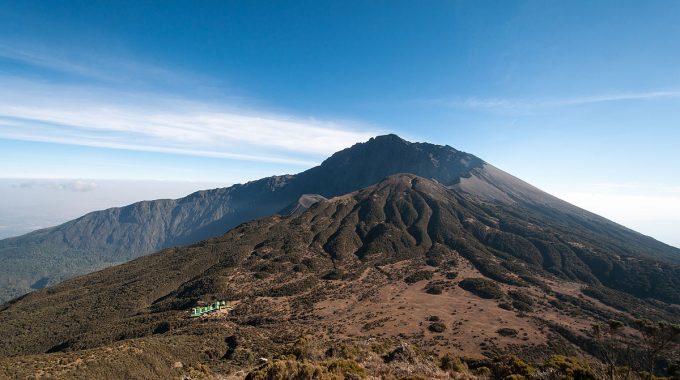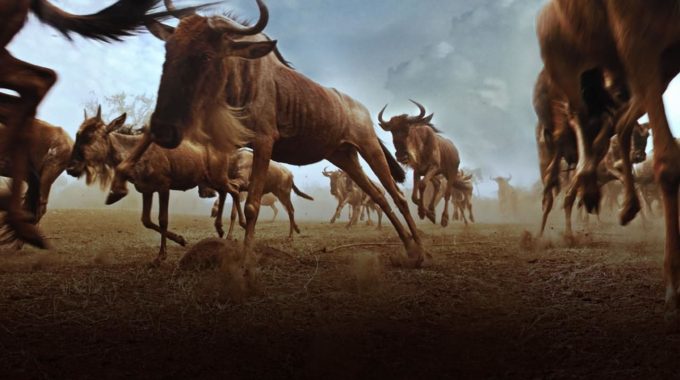How long are wildebeests pregnant?
How long are wildebeests pregnant? – Wildebeests (also known as gnus) have a gestation period of approximately 8.5 months, or about 250-260 days. The timing can vary slightly depending on environmental factors, but generally, this period is consistent across different populations, including those in Kenya and Tanzania, where wildebeests are part of the famous migratory herds in the Serengeti-Mara ecosystem.

Key Details:
-
Mating and Calving Seasons:
- Wildebeests typically give birth during a specific window each year, which aligns with the annual Great Migration in East Africa.
- Most calving occurs between January and March in Tanzania’s Serengeti and the surrounding regions, although in Kenya’s Maasai Mara, calving usually happens a bit later, from late June to August, coinciding with the wildebeest migration’s northward movement.
- This synchrony ensures that large numbers of calves are born around the same time. This maximizes the chances of survival for the newborns, as it overwhelms predators like lions, hyenas, and cheetahs.
-
Birth and Calf Development:
- Calves are usually born in open grasslands to avoid predators, and most calves are able to stand and run within a few hours of birth. This rapid development is a survival mechanism, as it allows them to escape predators more effectively.
- At birth, a wildebeest calf weighs between 10-15 kg (22-33 lbs) and is able to keep up with the herd fairly soon after birth, typically within a few hours.
-
Breeding Patterns:
- Wildebeests in Kenya and Tanzania are seasonally polygynous, meaning that males compete for the opportunity to mate with females during the breeding season. This precedes the calving season. Males establish territories and attract females with their vocalizations and displays.
- Most mating occurs during a short, concentrated period, which helps synchronize births across the herds.
-
Post-birth:
- After birth, the mother stays with her calf for several weeks, during which the calf nurses and gains strength. The wildebeest calf’s diet is primarily milk for the first 2-3 months, after which they begin to graze on grass like the adults.
Impact of Migration and Environment:
- Wildebeests’ gestation and calving cycles are also closely tied to the migration patterns in Tanzania and Kenya. Rain patterns and the availability of new grazing are what determine the seasonal movements of wildebeest herds between the Serengeti and the Maasai Mara.
- The timing of births is strategically aligned with this migration. This ensures that calves are born in the relatively predator-free environments of the calving grounds during the early part of the year. This also ensures access to rich, nutrient-dense grasses that will help the calves grow strong.
How long are wildebeests pregnant? In summary, wildebeests typically have a gestation period of about 8.5 months. The births concentrated around the wet season, timed with the Great Migration. The synchronization of births across the herds helps ensure that the calves have the best chance of survival in the face of predators.



